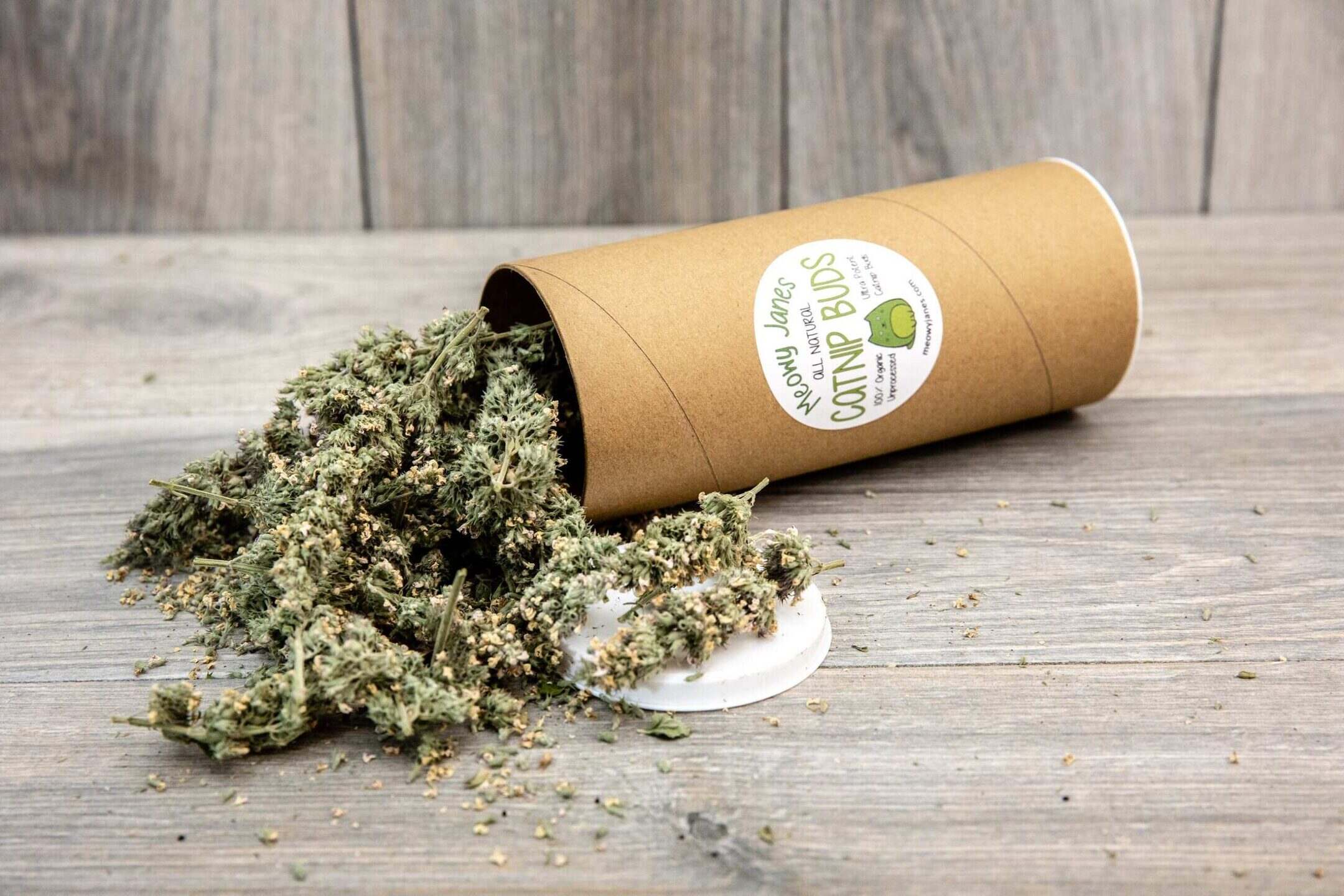

Articles
How To Store Catnip
Modified: January 20, 2024
Looking for expert advice on storing catnip? Check out our informative articles for tips and tricks to keep your catnip fresh and potent.
(Many of the links in this article redirect to a specific reviewed product. Your purchase of these products through affiliate links helps to generate commission for Storables.com, at no extra cost. Learn more)
Introduction
Welcome to the fascinating world of catnip! If you’re a cat owner, you’re probably familiar with the effect this herb has on our feline friends. Catnip, scientifically known as Nepeta cataria, is a member of the mint family and is renowned for its ability to induce a range of reactions in cats, from playfulness to pure bliss. But what happens when you have a stash of catnip and want to make sure it stays fresh for as long as possible? That’s where proper storage comes into play.
Storing catnip correctly is essential to ensure its potency and effectiveness, whether you purchase it from a pet store or grow it in your own backyard. In this article, we’ll explore the importance of storing catnip and provide you with some useful tips and tricks to keep it fresh and preserve its irresistible allure for your feline companion.
Before we dive into the details of how to properly store catnip, let’s take a moment to understand what exactly catnip is and why it has such a fascinating effect on our furry friends.
Key Takeaways:
- Properly storing catnip is essential to maintain its freshness and potency, ensuring your cat’s playtime is always filled with delight and excitement.
- By choosing the right storage containers, protecting catnip from moisture and light, and monitoring its freshness, you can provide your feline friend with the ultimate catnip experience.
Read more: How To Store Fresh Catnip
What is Catnip?
Catnip is a perennial herb that belongs to the mint family, known scientifically as Nepeta cataria. It is native to Europe and is now grown in various parts of the world. The plant produces small white or lavender flowers and has a distinct fragrance that is particularly appealing to cats.
The active ingredient in catnip that drives cats wild is called nepetalactone, which is found in the leaves and stems of the plant. When cats come into contact with catnip, either by smelling or consuming it, they often experience a range of intense and amusing behaviors. Some cats may roll around, purr, meow loudly, or become hyperactive, while others may simply become calm and relaxed.
It is estimated that around 70% of cats have a strong reaction to catnip, while the remaining 30% show little to no response. The sensitivity to catnip is believed to be genetic and can vary from cat to cat. Kittens under the age of six months generally do not exhibit a response to catnip, and older cats may start losing interest in it as they age.
Catnip can be a wonderful tool for cat enrichment, offering mental and physical stimulation. It can be used to entice cats to use scratching posts, encourage play, or simply provide a source of enjoyment. Whether you’re using store-bought catnip or growing your own, proper storage is essential to maintain its potency and ensure your cat gets the most out of this natural and fascinating herb.
Why Store Catnip?
Properly storing catnip is crucial to maintain its freshness and potency. Here are a few reasons why you should take the time to store your catnip properly:
- Preserve its Effectiveness: Catnip loses its potency over time, especially if it is exposed to air, light, moisture, and high temperatures. By storing it correctly, you can ensure that it retains its effectiveness, making playtime or training sessions with your cat more enjoyable and engaging.
- Maximize its Shelf Life: When catnip is stored properly, it can last for months or even years. This allows you to have a constant supply of fresh catnip on hand, eliminating the need to frequently purchase it and ensuring that it is readily available for your cat’s entertainment.
- Save Money: Buying catnip in bulk and storing it correctly can save you money in the long run. Instead of purchasing small quantities of catnip frequently, you can buy it in larger quantities and store it to extend its shelf life, ultimately reducing the cost of replenishing your cat’s supply.
- Convenience: Storing catnip properly allows you to have it readily available whenever you need it. You won’t have to worry about running out or making last-minute trips to the pet store. With a well-stocked and properly stored supply of catnip, you can provide your cat with instant entertainment and enjoyment.
- Cater to Your Cat’s Preferences: Some cats have specific preferences when it comes to catnip. By storing different varieties or brands of catnip, you can experiment and find out which ones your cat enjoys the most. This allows you to tailor their playtime experiences and provide them with the ultimate catnip pleasure.
Now that you understand the importance of storing catnip, let’s dive into the factors you should consider when storing it to maintain its freshness and potency.
Factors to Consider When Storing Catnip
When it comes to storing catnip, there are several factors to keep in mind to ensure its longevity and potency. Let’s take a closer look at these essential considerations:
- Airtight Containers: Catnip is sensitive to air exposure, which can cause it to lose its potency. It is crucial to store catnip in airtight containers to prevent air from seeping in. Look for containers that have a tight-fitting lid or zip-lock bags specifically designed for storing herbs.
- Dark Storage: Catnip is also sensitive to light, as exposure to sunlight or bright indoor lights can degrade its potency. Store catnip in a dark place, such as a pantry or a cupboard, to shield it from light and maintain its effectiveness over time.
- Temperature Control: Extreme temperatures can affect the potency of catnip. It is best to store catnip in a cool and dry environment, away from direct sources of heat and humidity. Avoid storing it near windows or in areas prone to temperature fluctuations, such as the kitchen or bathroom.
- Moisture Protection: Moisture can cause catnip to lose its potency and even develop mold. Ensure that the storage containers are moisture-proof and keep them away from areas with high humidity, such as the bathroom or laundry room. Consider using silica gel packets to absorb any excess moisture.
- Quality of Catnip: The quality of catnip also plays a role in its shelf life. When purchasing catnip, choose high-quality, fresh leaves and stems. Avoid catnip that appears dull, brown, or has a weak aroma, as it may be less potent and have a shorter shelf life.
By considering these factors and implementing appropriate storage practices, you can ensure that your catnip remains fresh, potent, and enjoyable for your feline companion. Next, let’s explore some suitable storage containers for catnip.
Storage Containers for Catnip
Choosing the right storage container is essential to keep your catnip fresh and potent. Here are some options for storing catnip:
- Glass Jars: Glass jars with airtight lids are an excellent choice for storing catnip. They are durable, non-reactive, and provide airtight protection against air and moisture. Glass jars also offer the advantage of being transparent, allowing you to easily see the contents without exposing the catnip to light.
- Plastic Containers: Look for food-grade plastic containers with tight-sealing lids to store catnip. Choose containers that are non-porous and BPA-free to prevent any chemical leaching. Make sure the lids seal tightly to keep air and moisture out.
- Zip-lock Bags: Zip-lock bags are a convenient and cost-effective option for storing catnip. Choose durable and food-grade bags with airtight seals. Squeeze out as much air as possible before sealing the bag to minimize air exposure. Place the sealed bag in another container to protect it from light.
- Herb Storage Containers: There are specialized containers available for storing dried herbs and spices, which can also work well for storing catnip. These containers typically have airtight seals, often with built-in humidity control features to maintain freshness. Look for ones made specifically for herbs to ensure optimal storage conditions.
- Vacuum-Sealed Bags: Using a vacuum sealer can help remove air from the storage bags, providing optimal protection for the catnip. Vacuum-sealed bags can help extend the shelf life of catnip by minimizing air exposure. Just make sure to follow the manufacturer’s instructions for proper usage.
Remember to clean and dry the storage containers thoroughly before filling them with catnip to avoid any contamination or moisture buildup. Additionally, label the containers with the date of storage to keep track of freshness.
Now that you know about the appropriate storage containers for catnip, let’s explore the environmental conditions necessary for maintaining its freshness.
Read more: How To Start Catnip Seeds
Storing Catnip in a Dry Environment
Keeping catnip in a dry environment is crucial to maintaining its freshness and potency. Here are some tips for storing catnip in a dry environment:
- Avoid Humid Areas: Moisture can degrade the quality of catnip and even cause mold growth. Avoid storing catnip in areas that are prone to high humidity, such as the bathroom or laundry room. Instead, opt for dry areas of your home, such as a pantry or cupboard.
- Use Desiccants: Desiccants, such as silica gel packets or rice, can help absorb excess moisture and keep the catnip dry. Place a few silica gel packets or a small amount of uncooked rice in the storage container to help maintain the ideal moisture level.
- Avoid Exposure to Water: Make sure the storage container is tightly sealed and kept away from sources of water. Keep it away from sinks, faucets, or any area where there is a higher risk of splashing or accidental exposure to water.
- Monitor for Dampness: Regularly check the stored catnip for any signs of dampness or moisture buildup. If you notice any moisture, transfer the catnip to a new, dry container. It’s better to be safe than sorry when it comes to preventing moisture-related issues.
- Consider Using a Dehumidifier: If you live in an area with consistently high humidity, using a dehumidifier in the storage space can help create a dry environment. This can prevent moisture-related issues and preserve the freshness of the catnip.
By following these guidelines, you can ensure that your catnip remains dry and in optimal condition. Next, let’s explore the importance of avoiding exposure to light when storing catnip.
Store catnip in an airtight container in a cool, dark place to maintain its potency. You can also freeze it to keep it fresh for longer.
Avoiding Exposure to Light
Just like moisture, exposure to light can negatively impact the potency and freshness of catnip. Here are some tips to avoid exposing catnip to light:
- Store in a Dark Area: Choose a storage location that is away from direct sunlight and bright indoor lights. Sunlight and artificial light sources can degrade the essential oils and compounds in catnip, causing it to lose its potency over time. Opt for a dark area such as a pantry or cupboard.
- Use Opaque Containers: When storing catnip, use containers that are opaque and block out light. Glass jars or plastic containers with solid-colored surfaces are ideal for minimizing light exposure. This reduces the risk of degradation and helps maintain the potency of the catnip.
- Avoid Transparent Bags: If you’re using zip-lock bags or transparent containers, place them inside a darker, opaque container to shield the catnip from light. This double layer of protection can significantly reduce light exposure and preserve the freshness of the catnip.
- Keep Away from Windows: Make sure to store catnip away from windows and areas with direct sunlight. Even if the catnip is in a sealed container, prolonged exposure to sunlight can still impact its freshness. Choose a storage spot that is away from any windows or areas prone to bright light.
- Limit Opening and Exposing: When accessing your stored catnip, be mindful of the duration of exposure to light. Open the container quickly and minimize the time it spends exposed to light. This will help maintain the freshness of the catnip and preserve its potency.
By following these steps, you can ensure that your catnip retains its maximum potency by avoiding exposure to light. Now, let’s discuss the importance of temperature considerations when storing catnip.
Temperature Considerations for Catnip Storage
Proper temperature control plays a crucial role in maintaining the potency and shelf life of catnip. Here are a few temperature considerations to keep in mind when storing catnip:
- Avoid Extreme Temperatures: Catnip should be stored in a cool area that is not exposed to extreme temperatures. High temperatures can cause the essential oils in catnip to break down, diminishing its potency. Similarly, freezing temperatures can affect the overall quality and texture of the herb.
- Choose a Stable Environment: Look for a storage location that maintains a relatively constant temperature. Fluctuating temperatures can accelerate the degradation process of catnip, leading to a shorter shelf life. A dry pantry or cupboard in a temperature-controlled area of your home is often a suitable choice.
- Avoid Kitchen and Bathroom Storage: The kitchen and bathroom are typically areas where temperatures can fluctuate due to cooking or bathing activities. It is best to avoid storing catnip in these areas, as the changes in temperature and humidity can impact the quality and freshness of the herb.
- Consider Climate-Controlled Spaces: If you live in an environment with extreme temperatures or high humidity, it may be beneficial to store your catnip in a climate-controlled space, such as a closet or storage area that is temperature-regulated. This ensures that the catnip remains in optimal condition despite external weather conditions.
- Prevent Exposure to Heat Sources: Keep your catnip away from direct heat sources such as radiators, ovens, or heating vents. These heat sources can raise the temperature around the catnip, potentially compromising its freshness and potency. Choose a storage spot that is far away from any direct sources of heat.
By considering these temperature considerations, you can help prolong the shelf life and potency of your stored catnip. Next, let’s explore the importance of protecting catnip from moisture.
Protecting Catnip from Moisture
Moisture is one of the biggest enemies when it comes to storing catnip. Exposure to moisture can cause the herb to lose its potency and even develop mold. Here are some tips to help you protect catnip from moisture:
- Choose Moisture-Proof Containers: When storing catnip, opt for containers that are moisture-proof. Look for containers with tight-fitting lids or zip-lock bags that provide a barrier against moisture. This helps to prevent the catnip from absorbing any excess moisture from the environment.
- Avoid Humid Storage Areas: Moisture-rich environments, such as bathrooms or basements, should be avoided when storing catnip. Instead, select dry storage areas like a pantry or cupboard. These areas typically have lower humidity levels, reducing the risk of moisture exposure.
- Use Silica Gel Packets: Silica gel packets can help absorb excess moisture and keep the catnip dry. Place a few silica gel packets in the storage container to help maintain a dry environment. Make sure the packets are food-grade and keep them away from direct contact with the catnip to prevent any contamination.
- Inspect for Moisture: Regularly check the stored catnip for any signs of moisture. If you notice dampness or condensation inside the container, transfer the catnip to a new, dry container. Discard any catnip that shows indications of mold growth or excessive moisture.
- Avoid Storing Wet or Fresh Catnip: It’s important to ensure that the catnip is completely dry before storing it. Avoid storing freshly cut or damp catnip, as the moisture can cause mold to develop. Allow the catnip to thoroughly dry in a well-ventilated space before placing it in storage.
By taking precautions and protecting catnip from moisture, you can extend its shelf life and preserve its potency. Now, let’s discuss the importance of sealing catnip properly to maintain its freshness.
Read more: How To Plant Catnip Seeds In A Pot
Sealing Catnip Properly
Properly sealing catnip is essential to preserve its freshness and potency. Here are some tips on how to seal catnip properly:
- Choose Airtight Containers: Opt for containers with airtight seals, such as glass jars with tight-fitting lids or plastic containers with secure closures. Airtight containers prevent air from entering and escaping, helping to maintain the freshness of the catnip.
- Remove Excess Air: When using zip-lock bags or flexible packaging, squeeze out as much air as possible before sealing the bag. Minimizing the amount of air in the package reduces the risk of oxidation and helps to preserve the catnip’s potency.
- Double Seal Zip-Lock Bags: If you’re using zip-lock bags, consider double-sealing them for added protection. After sealing the bag, press along the seal again to ensure it is fully closed and secure. This extra layer of sealing helps to further prevent air and moisture from entering the bag.
- Label and Date the Packaging: It’s a good practice to label and date the sealed packaging. This will help you keep track of when the catnip was stored and when it might need to be replaced. Use a marker or a label maker to clearly mark the packaging with the relevant information.
- Repair Damaged Seals: Regularly inspect the seals on your containers or bags. If you notice any damage or compromised seals, replace the packaging to ensure proper sealing. Damaged seals can allow air and moisture to enter, affecting the freshness and potency of the catnip.
By following these guidelines and sealing catnip properly, you can help maintain its freshness and ensure its long-lasting potency. Now that you know how to seal catnip, let’s discuss the importance of monitoring catnip for freshness.
Monitoring Catnip for Freshness
Monitoring the freshness of catnip is crucial to ensure that it remains potent and enjoyable for your cat. Here are some tips on how to monitor catnip for freshness:
- Regularly Inspect the Catnip: Take the time to visually inspect the catnip regularly. Look for any signs of discoloration, mold, or an unpleasant odor. If you notice any of these indicators, it’s best to discard the catnip and replace it with a fresh batch.
- Observe Your Cat’s Reaction: While every cat is different, pay attention to your cat’s response when interacting with the catnip. Cats typically show varying levels of interest and excitement when exposed to fresh, potent catnip. If you notice a decreased or lackluster reaction, it may be a sign that the catnip has lost its potency and needs to be replaced.
- Check the Aroma: Catnip should have a strong, distinctive aroma. If the catnip’s scent has significantly diminished or smells off, it may indicate that it is no longer fresh. Fresh catnip should have a vibrant and aromatic scent that entices your cat’s senses.
- Perform a Pinch Test: One way to assess the freshness of catnip is by performing a pinch test. Take a small amount of catnip between your fingers and give it a gentle squeeze. Fresh catnip should feel dry and crumbly, whereas stale or old catnip may feel damp or clumpy.
- Rotate and Replace: To ensure a fresh and potent supply of catnip, it’s beneficial to rotate and replace it periodically, even if it hasn’t shown signs of degradation. By regularly refreshing your catnip stash, you can provide your cat with the strongest and most enjoyable experience.
By actively monitoring the freshness of your catnip, you can ensure that your cat gets the most out of playtime and enrichment. Now, let’s wrap up and summarize the key points discussed in this article.
Conclusion
Properly storing catnip is essential to maintain its freshness, potency, and effectiveness in enticing your cat’s playful instincts. By considering factors such as moisture, light, temperature, and proper sealing, you can ensure that your catnip remains in optimal condition for as long as possible.
Remember to choose appropriate storage containers, such as airtight jars or moisture-proof bags, that protect the catnip from exposure to air and moisture. Avoid storing catnip in areas prone to high humidity or direct sunlight as it can degrade its quality. Additionally, be mindful of the temperature and keep the catnip away from extreme heat or cold.
Sealing catnip properly, removing excess air, and monitoring for any signs of degradation are essential in preserving its freshness. Regularly checking the catnip for visual cues, observing your cat’s reaction, and assessing its aroma and texture can help you determine if it is still potent and enjoyable for your furry friend.
By taking these steps to store catnip correctly, you can extend its shelf life, save money by buying in bulk, and ensure that your cat always has access to fresh and enticing catnip. So, whether you purchase catnip from a store or grow it in your garden, remember the importance of proper storage to keep it at its best.
Now it’s time to create an enticing and stimulating environment for your cat with the freshest catnip. Watch as your feline friend’s eyes light up with delight and their playful antics unfold.
Frequently Asked Questions about How To Store Catnip
Was this page helpful?
At Storables.com, we guarantee accurate and reliable information. Our content, validated by Expert Board Contributors, is crafted following stringent Editorial Policies. We're committed to providing you with well-researched, expert-backed insights for all your informational needs.
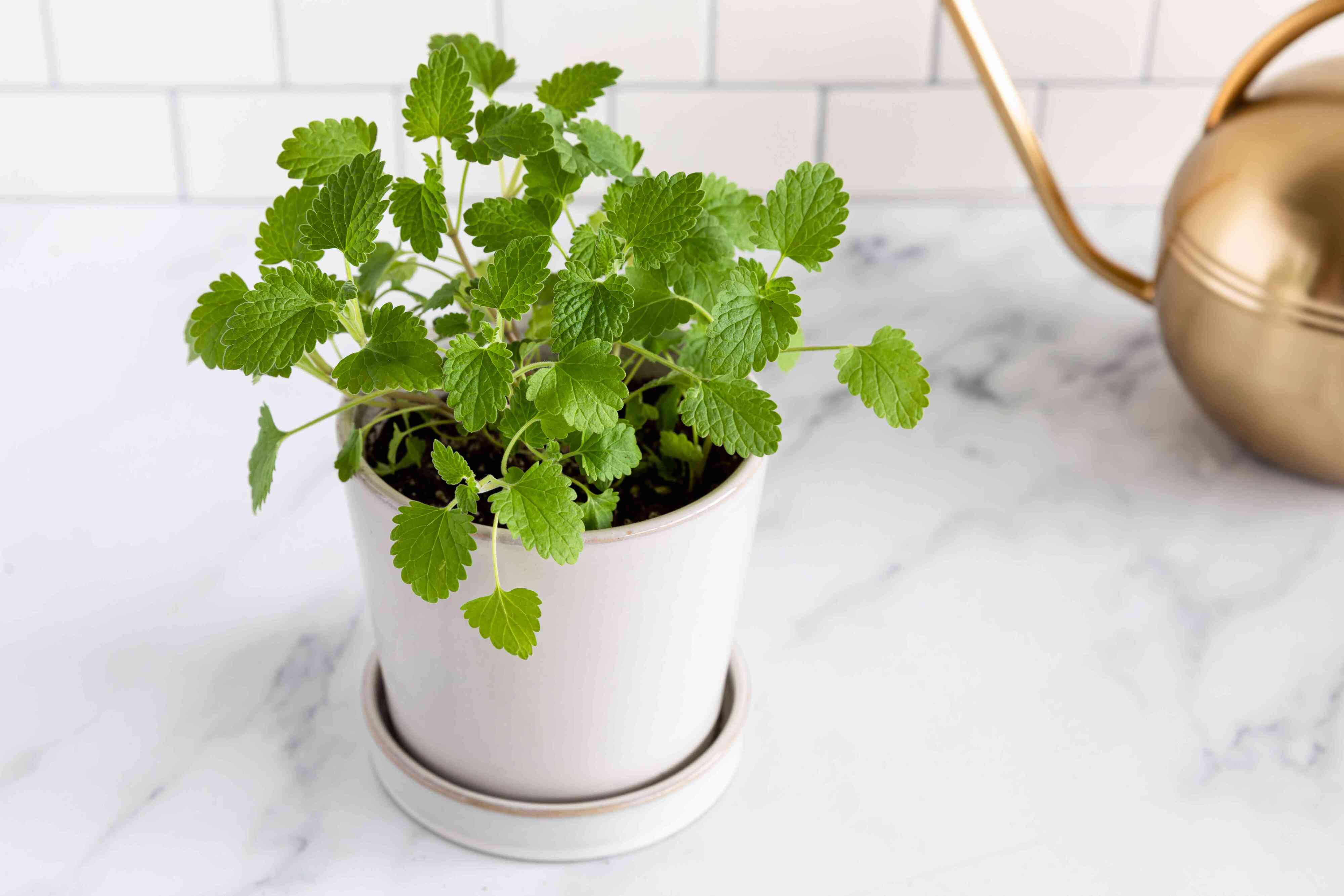
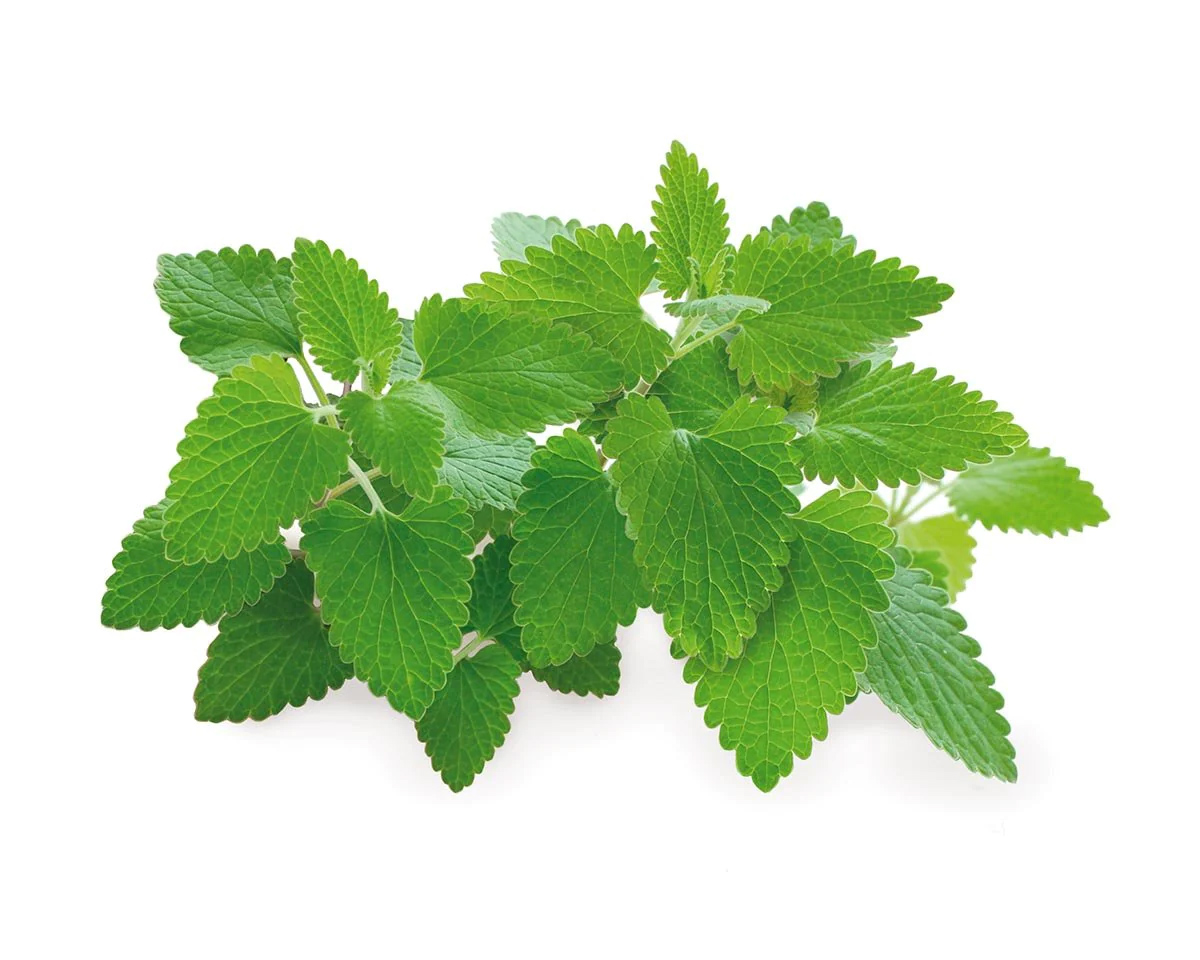
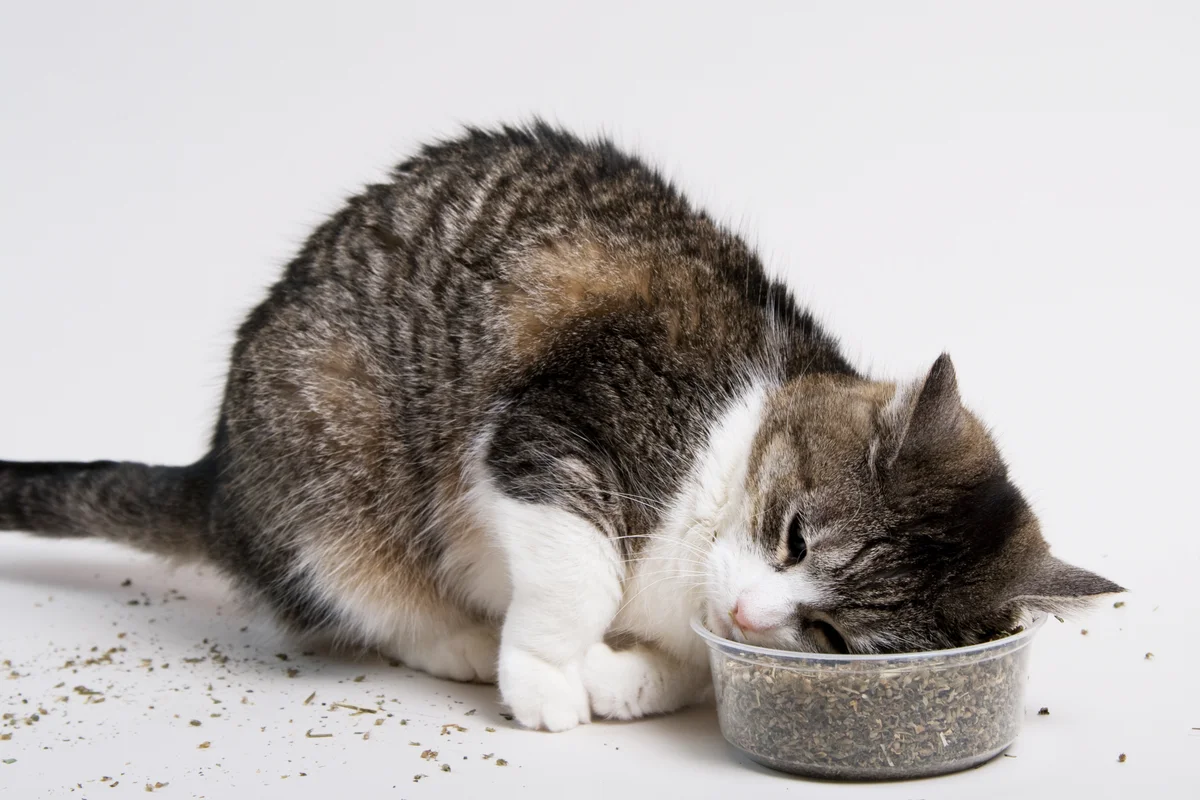




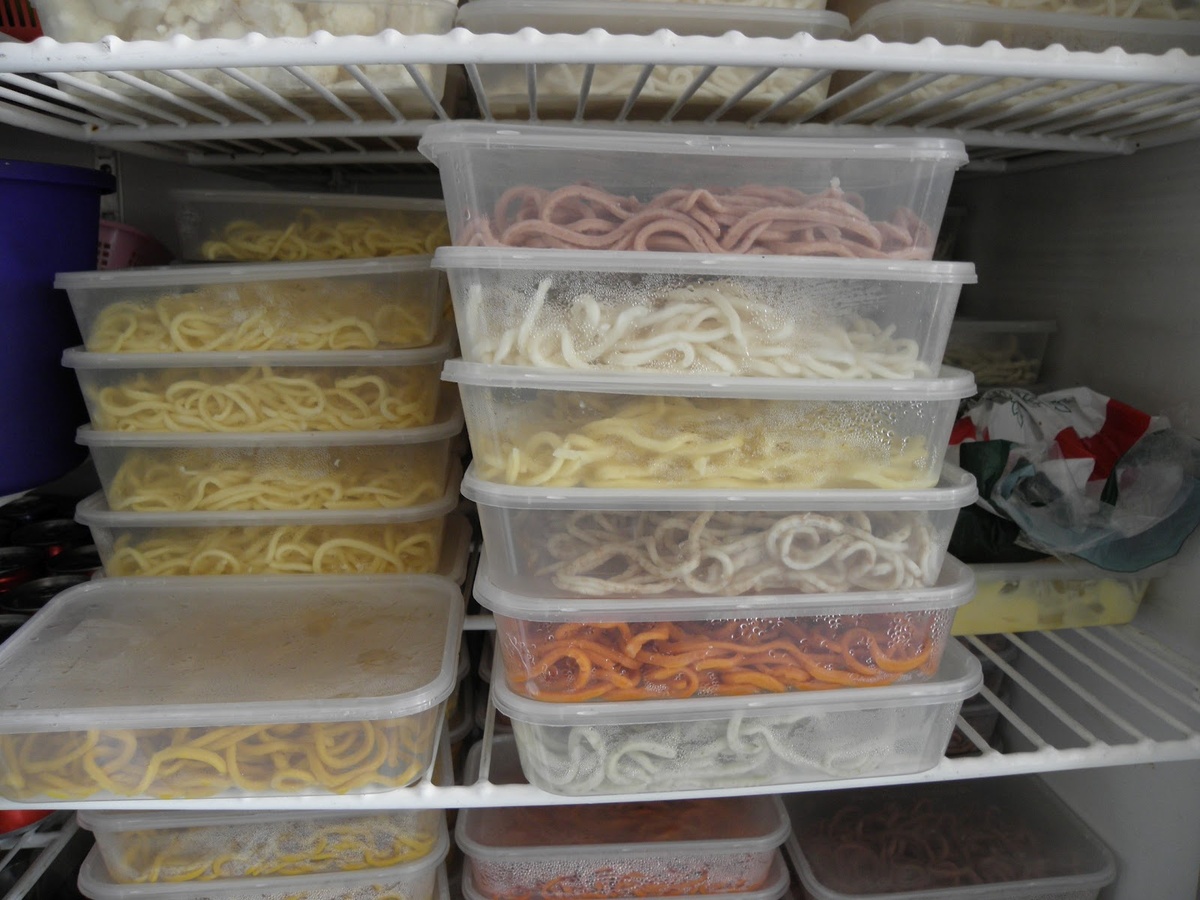

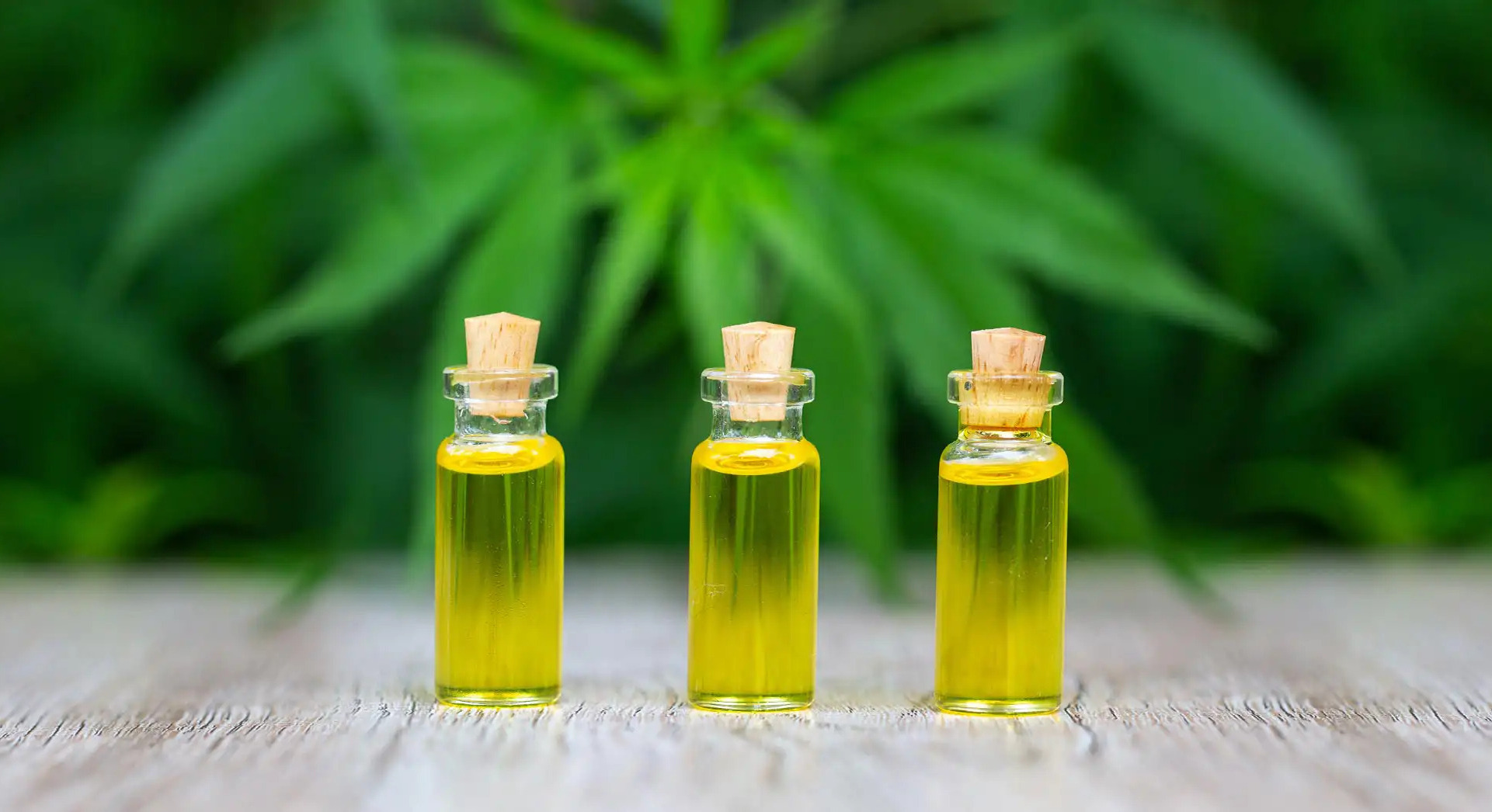

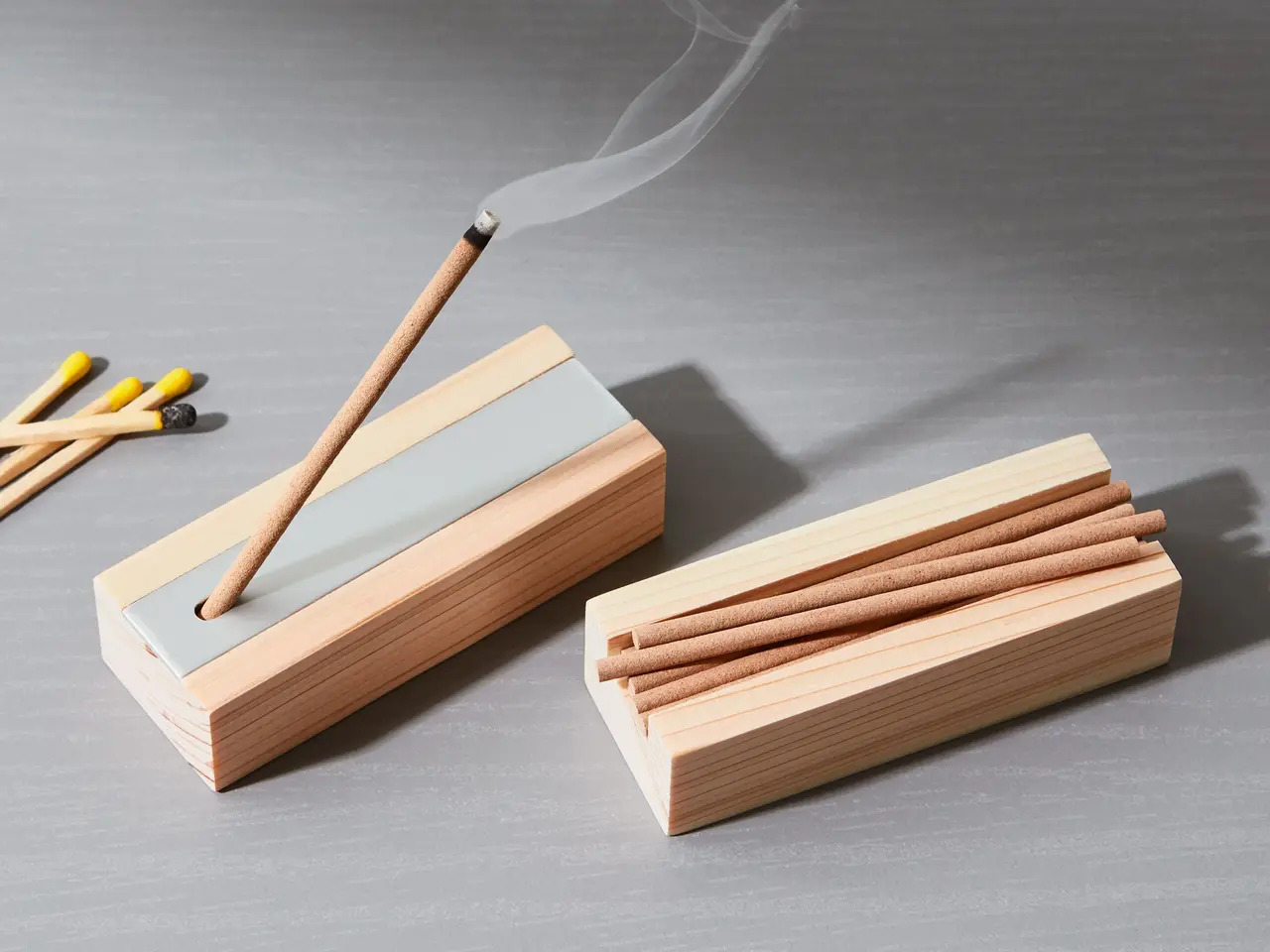
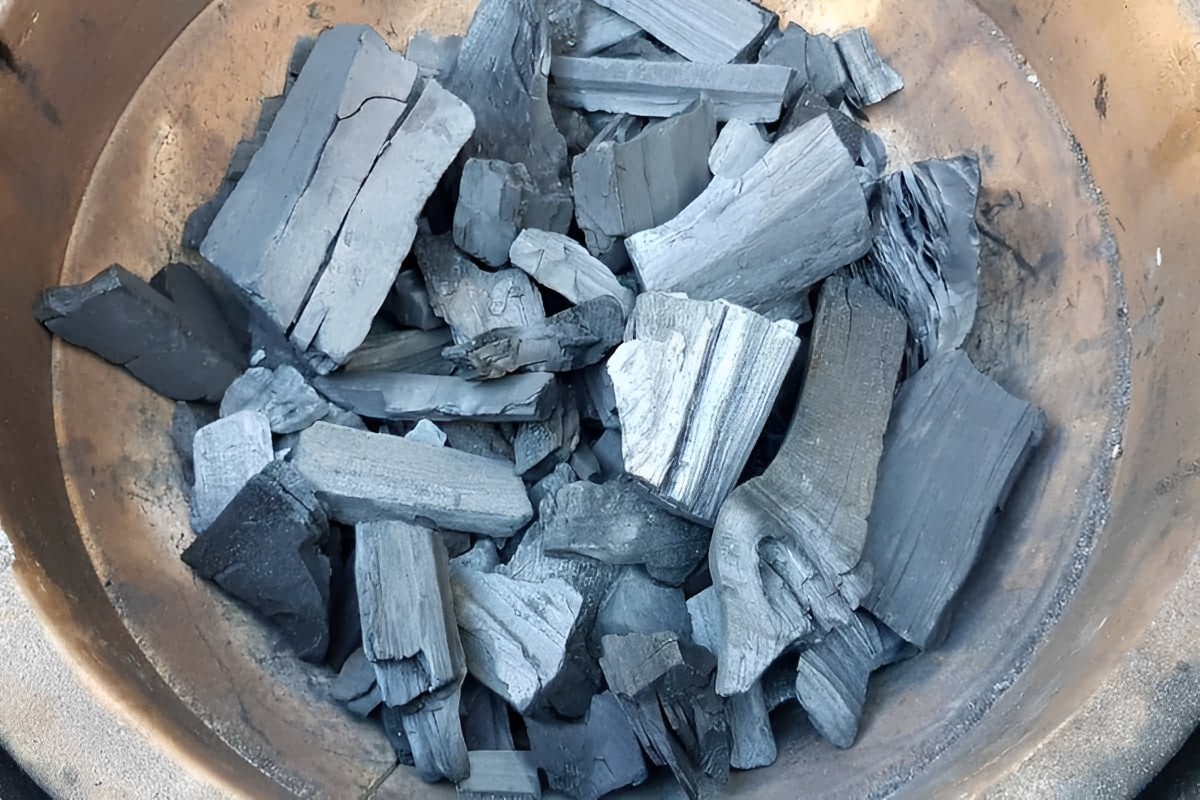

0 thoughts on “How To Store Catnip”